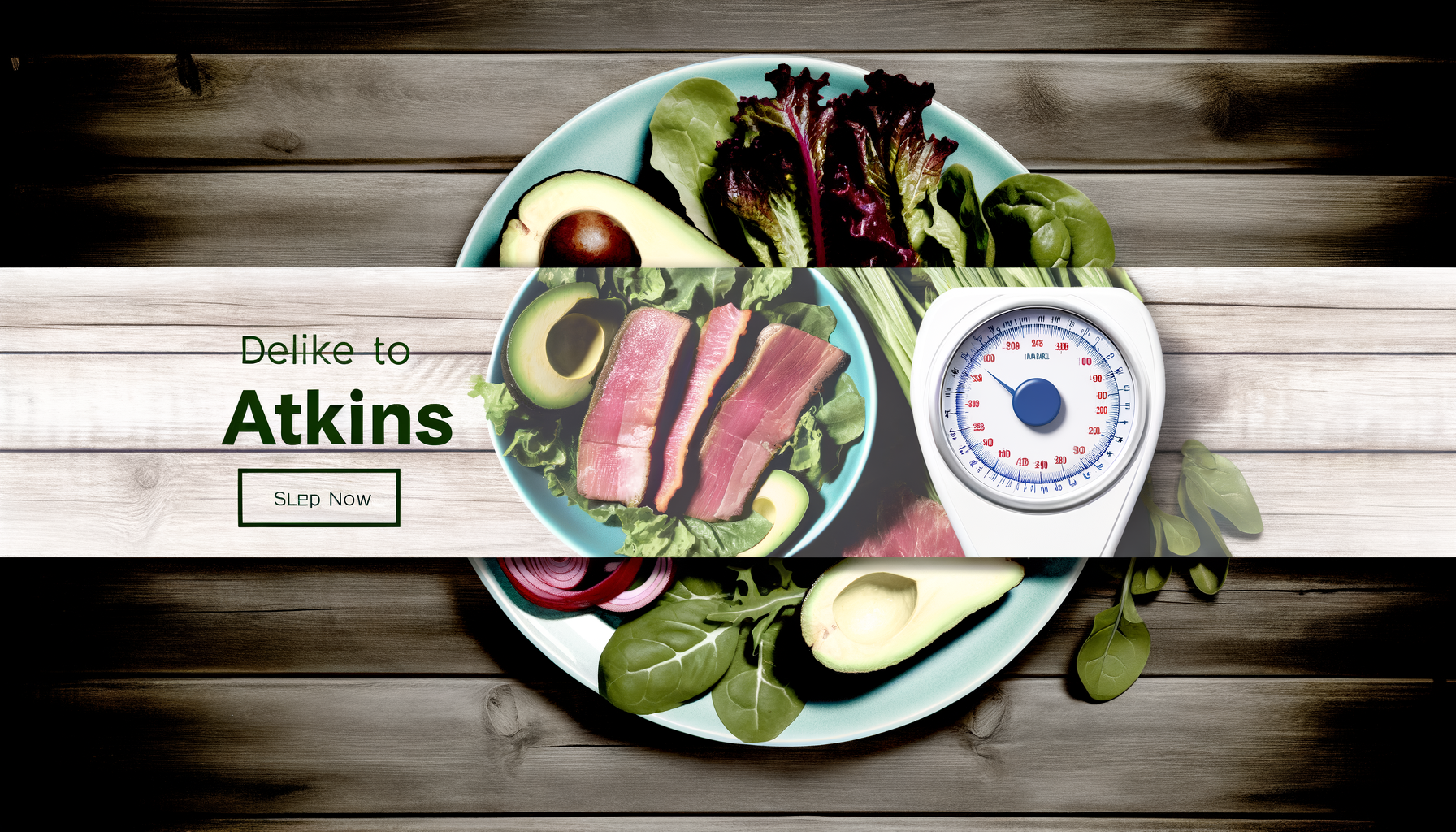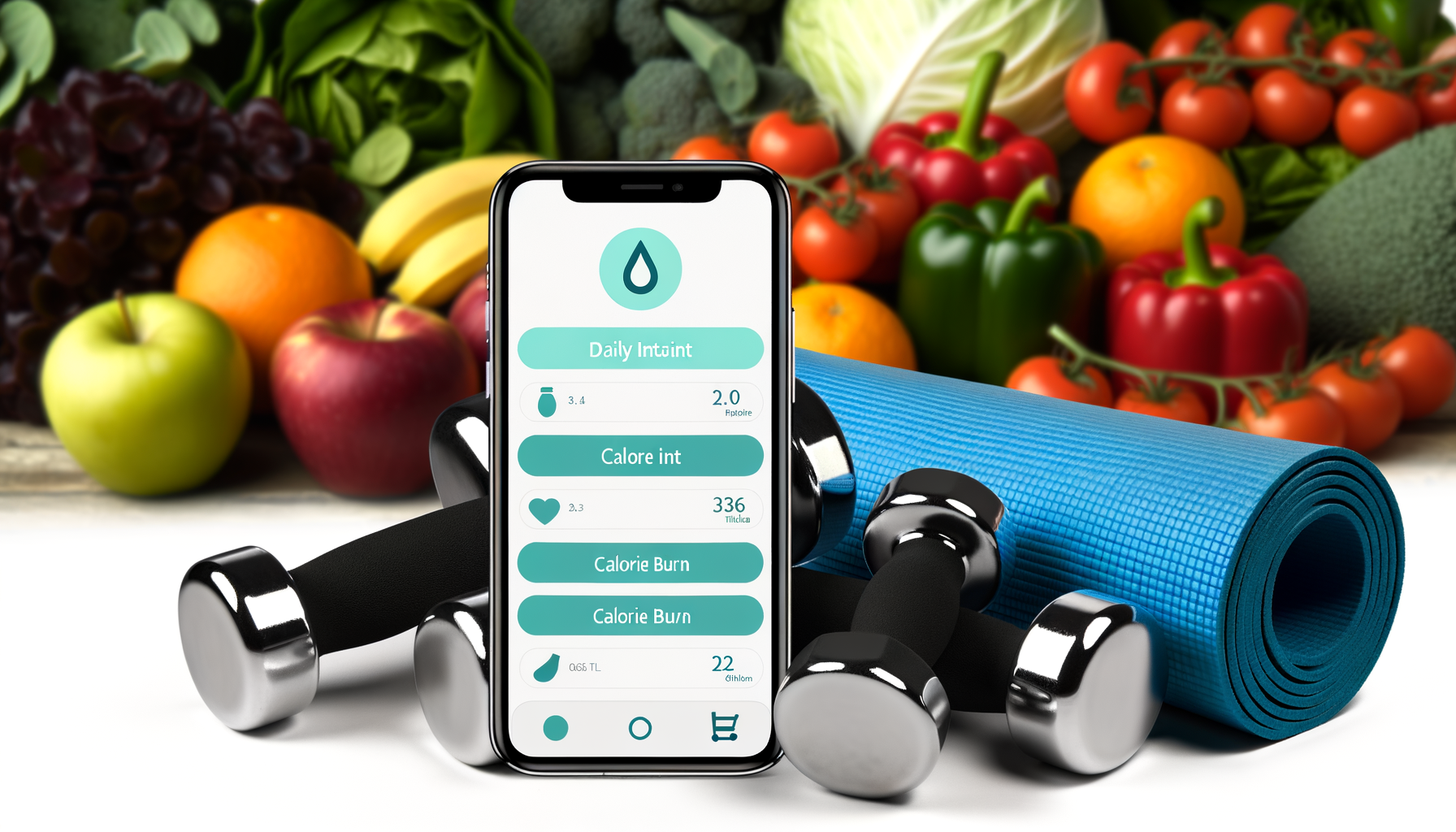Optimizing Intermittent Fasting with WP Calorie Calculator Pro
Understanding Intermittent Fasting and Its Benefits
Intermittent fasting has become a popular dietary approach for those seeking to improve their health, manage weight, and enhance overall well-being. This method involves alternating between periods of eating and fasting, which can be tailored to individual preferences and health goals.
What is Intermittent Fasting?
Intermittent fasting is not about starving yourself but rather about reducing calorie intake for short periods. It involves creating patterns or cycles of fasting and eating. For example, you can fast for 16 hours and eat within an 8-hour window, a method known as the 16:8 approach.
Types of Intermittent Fasting
There are several effective approaches to intermittent fasting, each with its own set of rules and benefits:
- Time-Restricted Eating: This involves limiting your daily food intake to a specific window, such as eating between 10 a.m. and 6 p.m. and fasting for the remaining 16 hours. This method is convenient and often recommended for beginners.
- 5:2 Fasting: In this approach, you eat normally for five days of the week and restrict your calorie intake to 500-600 calories on the other two days. This can be broken down into two meals, such as a 200-calorie and a 300-calorie meal.
- Alternate-Day Fasting: This involves alternating between days of normal eating and days where you limit your calorie intake to 500 calories or even go entirely food-free.
How Intermittent Fasting Works
Intermittent fasting works by prolonging the period during which your body burns through the calories from your last meal and begins burning stored fat. This process is known as "metabolic switching." When you fast, your body exhausts its sugar stores and starts burning fat for fuel, which can lead to weight loss and improved body composition.
Health Benefits of Intermittent Fasting
Intermittent fasting has been associated with several positive health outcomes, including:
- Weight Loss: By reducing the overall eating window, you tend to consume fewer calories, leading to weight loss.
- Improved Insulin Sensitivity: Intermittent fasting can help stabilize blood sugar levels and improve insulin sensitivity.
- Reduced Inflammation: Studies have shown that intermittent fasting can reduce inflammation and improve markers of health conditions such as high blood pressure and high cholesterol.
- Enhanced Fat Burning: By extending the fasting window, your body shifts into fat-burning mode, using stored fat for energy instead of the food you just ate.
Managing Calories During Intermittent Fasting
No Hard-and-Fast Rules
There are no strict rules for calorie intake during intermittent fasting. The key is to listen to your body's hunger cues and adjust your calorie intake based on factors such as age, weight, activity level, and gender.
Typical Calorie Ranges
For general guidance, the USDA recommends 1,600-2,200 calories per day for women and 2,200-3,000 calories per day for men. However, these are just estimates, and your individual needs may vary. For weight loss or gain, you may need to adjust these ranges by 200-500 calories per day.
Planning Your Meals
Combining intermittent fasting with a mindful eating approach can enhance its benefits. Focus on nutrient-dense meals during your eating window, and consider diets like low-carb, plant-based, or Mediterranean to pair well with your fasting practice. Practicing intuitive eating and slowing down while you eat can also help reduce stress and increase dietary satisfaction.
How WP Calorie Calculator Pro Can Help
Tailoring Your Diet
Using the WP Calorie Calculator Pro can help you tailor your diet to your specific needs during intermittent fasting. Here’s how:
- Calculate Daily Caloric Needs: The calculator can help you determine your basal metabolic rate (BMR) and daily caloric needs based on your age, weight, height, and activity level.
- Plan Nutrient-Dense Meals: By inputting your dietary preferences and restrictions, you can plan meals that are high in fiber and protein, which are essential for feeling full and satisfied during your eating window.
- Track Progress: The calculator allows you to track your calorie intake and progress over time, helping you adjust your fasting and eating windows as needed.
Example Usage
For instance, if you are following the 16:8 fasting method, you can use the WP Calorie Calculator Pro to ensure you are consuming the right amount of calories within your 8-hour eating window. Here is an example of how you might use it:
Let's say you are a 35-year-old woman who is 5'6" and weighs 150 pounds, with a moderate activity level. Using the WP Calorie Calculator Pro, you determine that your daily caloric needs are approximately 1,800 calories.
Since you are fasting for 16 hours and eating within an 8-hour window, you can plan your meals to ensure you are meeting your nutritional needs within this timeframe.
The calculator can help you break down your daily calories into meals and snacks, ensuring you are getting enough protein, fiber, and other essential nutrients.
Real-World Examples and Case Studies
Successful Implementation
Many individuals have successfully incorporated intermittent fasting into their lifestyle using tools like the WP Calorie Calculator Pro. For example, a person who started with the 16:8 method and used the calculator to plan their meals reported significant weight loss and improved energy levels over a few months.
Case Study
A study published on the benefits of intermittent fasting highlighted how participants who used a calorie calculator to plan their meals during their eating windows experienced better weight loss results and improved health markers compared to those who did not use such tools.
Conclusion and Next Steps
Intermittent fasting is a flexible and effective way to manage weight and improve health, but it requires careful planning and management of calorie intake. By using the WP Calorie Calculator Pro, you can tailor your diet to your specific needs, ensure you are meeting your nutritional requirements, and track your progress over time.
Get Started Today
If you are considering intermittent fasting, here are some next steps:
- Consult Your Doctor: Always consult with your healthcare provider before starting any new diet or fasting regimen.
- Choose Your Fasting Plan: Select a type of intermittent fasting that suits your lifestyle and preferences.
- Use the WP Calorie Calculator Pro: Utilize the calculator to plan your meals, track your calorie intake, and ensure you are meeting your nutritional needs.
- Stay Hydrated and Balanced: Make sure to drink enough water and other fluids on fasting days and eat a balanced diet on your eating days.
By combining intermittent fasting with the right tools and a mindful approach to eating, you can achieve significant health benefits and maintain a sustainable lifestyle. For more information on how to get started, visit the WP Calorie Calculator Plans page.











